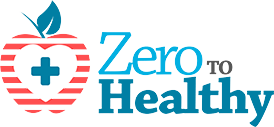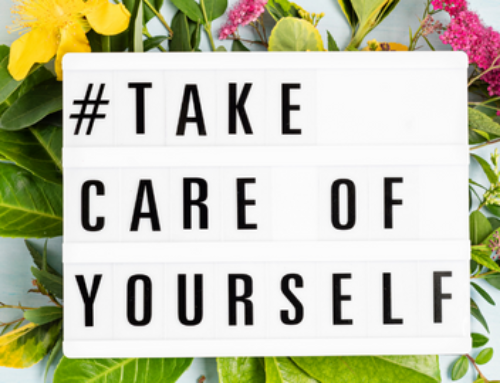WebMD Home Weight Loss & Diet Plans Weight Loss & Diet Plans News Email a Friend Print Article
Should You Jump on the Protein Bandwagon?
By Rita Rubin
WebMD Health News Reviewed by Michael W. Smith, MD
Nov. 3, 2014 — People have debated the merits of low-fat and low-carb diets for years. But now the third macronutrient appears to have muscled its way into the limelight: Stroll the aisles at any supermarket, and you’ll spot a variety of products, from cereal to Greek yogurt to bagels, touting their high protein content.
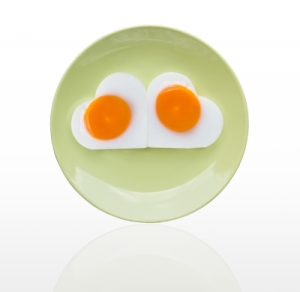
Photo courtesy by: freedigitalphotos.net
Although protein has, until recently, kept a low profile compared to fat and carbohydrates, it’s always been a major player in the body.
Present in every cell, proteins act as building blocks for all types of tissue. Foods naturally high in protein, such as meat, poultry, fish, beans, eggs, nuts, and seeds, also tend to be high in other important nutrients.
In my years of studying trends, there’s always the next thing in food and beverage consumption, says Darren Seifer, a food and beverage industry analyst with The NDP Group.
And it looks like the thing to do now is eat protein. There are a lot of perceived health benefits to consuming more protein.
Protein’s Star Power
In a report earlier this year, Protein Perceptions and Needs, Seifer and his co-authors noted that more than three-quarters of U.S. consumers agree that protein contributes to a healthy diet, and more than half say they want to eat more of it.
The study found that nearly half of the primary grocery shoppers in a household have bought protein-enriched foods, and many are willing to pay a premium for them.
I think people are getting tired of just talking about sugar or fat, says Frank Hu, MD, PhD, MPH, a professor of nutrition and epidemiology at Harvard. Protein has kind of a power image. It’s really important for growth and muscle-building.
(In June, BeverageDaily.com reported that European women steered clear of protein drinks for that very reason: They were afraid that drinking them would cause them to become too muscular. That’s a myth.)
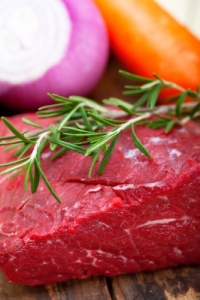
Photo courtesy by: freedigitalphotos.net
A report released in 2013 by another market research group, Mintel, concluded that the U.S. is by far the world’s biggest market for high-protein products.
Introductions of foods and drinks making a high-protein claim in 2012 were almost triple that of any other country, according to the report.
Americans are looking for protein to aid in satiety (and) weight management and to boost muscle recovery and build muscle after a workout, Nirvana Chapman, global food science trend analyst at Mintel, says in a news release.
Are We Getting Enough?
And yet, according to the most recent available data, Americans aren’t exactly pigging out on protein.
They really don’t have to, according to the government’s 2010 Dietary Guidelines, to be updated late next year. The guidelines, issued jointly by the U.S. Department of Agriculture and the Department of Health and Human Services, give plenty of leeway when it comes to protein, recommending that adults over age 18 get 10% to 35% of their daily calories from the nutrient.
“Nobody’s anywhere near the 35%,” says Trish Britten, PhD, a USDA nutritionist. “As a population, we are at 15.5%.” And the top 5% of protein-eaters get only 19.6% of their calories from the nutrient, Britten says.
The USDA just began calculating Americans’ usual intake of protein, Britten says, so information about trends over time isn’t yet available. But if saturated fat consumption is any indication, change occurs very slowly, she says.
“We’ve been tracking saturated fat as a percent of calories forever,” Britten says, and it’s crept down only 1% or 2% per decade. So despite the growing popularity of protein-added products, it’s doubtful that Americans are eating much more than they were before it was all the rage.
Protein’s “Health Halo”
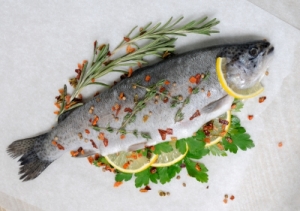
Photo courtesy by: freedigitalphotos.netProtein’s ‘Health Halo’
Unlike gluten-free products, whose sales have exploded in part because of the erroneous belief that they can help people lose weight, the “health halo” that surrounds protein might actually be well-deserved.
“The current American diet contains too much refined carbohydrates,” Hu says. “I think it’s a good idea to replace at least some of the refined carbs and added sugars with healthy sources of proteins, such as nuts, legumes, no-fat dairy products.” In other words, trading a nutty chocolate bar for a handful of nuts might not be a bad idea.
What about protein bars and powders? These products contain a high amount of protein — often whey protein, a byproduct of making cheese that used to be discarded, Hu says. “It’s a good-quality protein, and it’s relatively cheap,” he says.
It’s a relatively simple way to get a high amount of protein. The question is: Is it really necessary for most people? Most people should be able to get a sufficient amount of protein from foods.
If you’re engaged in a high level of physical activity, particularly resistance training, you probably need more protein than the average individual, perhaps as much as 20% to 25% of your calories, Hu says. “We don’t know how high is too high,” he says, although, given the USDA data, few Americans are anywhere near the upper limit of the government’s Dietary Guidelines.
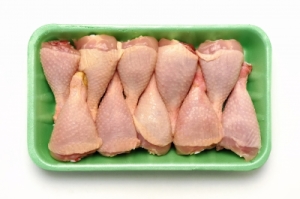
Photo courtesy by: freedigitalphotos.net
“Unless you have pre-existing kidney problems I have no concerns about people eating large amounts of protein,” says Yoni Freedhoff, MD, an assistant professor of family medicine at the University of Ottawa and author of The Diet Fix: Why Diets Fail and How to Make Yours Work.
The key is to keep the sources lean and not eat too much high-fat protein, such as some red meat or full-fat dairy. That could lead to other health problems.
The best way to minimize hunger is to eat protein at every meal, but many people don’t, Freedhoff says. “Protein is the massive piece of meat you have with dinner,” he says, while “breakfast is full of sugar.”
Non-fat dairy products are a good source of protein, but thin liquid protein, like the skim milk you pour on your cereal, “doesn’t seem to have the same staying power” as a protein-rich smoothie or solid foods, says Freedhoff, founder and medical director of the Bariatric Medical Institute in Ottawa.
Freedhoff recommends that you think outside the (cereal) box at breakfast. Eggs, Greek yogurt, and steel-cut oatmeal with nuts — or any other protein-rich food, for that matter — is a good choice for breakfast, he says
Ways to Get Protein
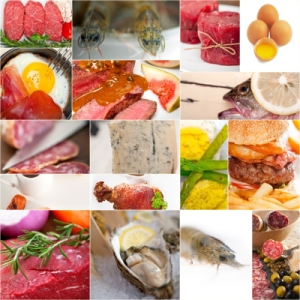
Photo courtesy by: freedigitalphotos.net
If you want to increase your protein, cut back on less-nutritious foods such as simple carbs Hu says. “If you just add the protein bar or protein powder on top of your diet, that can add to weight gain,” Hu says.
Short-term studies suggest that replacing some carbs with healthy protein — namely nuts, beans, and no-fat dairy products — can improve levels of fats in the blood, but the long-term effects aren’t known, he says.
As for those protein bars and powders, “I’d pick real food over a processed food product any day of the week,” Freedhoff says. That being said, he calls protein bars “a great safety net.”
Eating a protein bar for lunch is better than skipping the meal altogether, Freedhoff says, and many are a more healthful alternative than a candy bar to satisfy a craving for sweets.
“Personally,” he says, “I use them occasionally when I’m in a huge rush … but I don’t think that they’re miraculous products.”
©2005-2014 WebMD, LLC. All rights reserved.
WebMD does not provide medical advice, diagnosis or treatment. See additional information.

